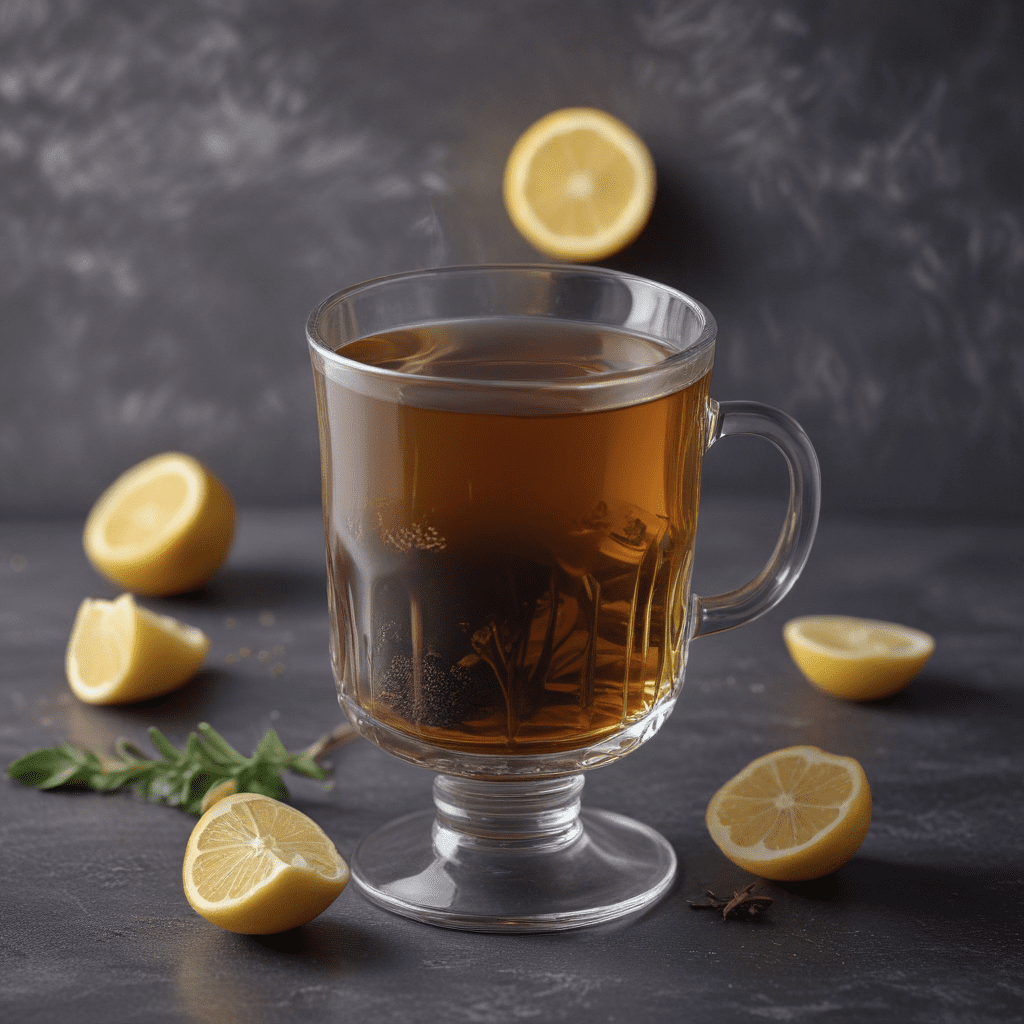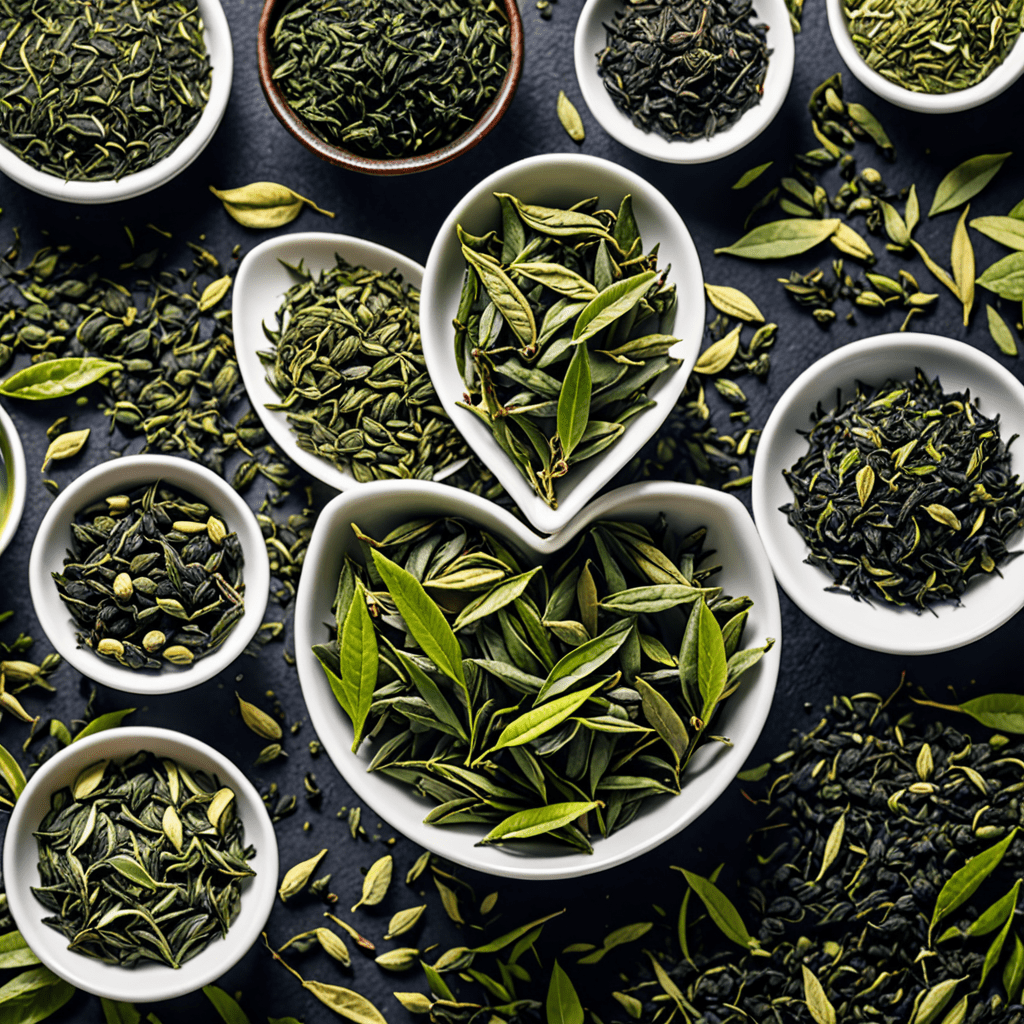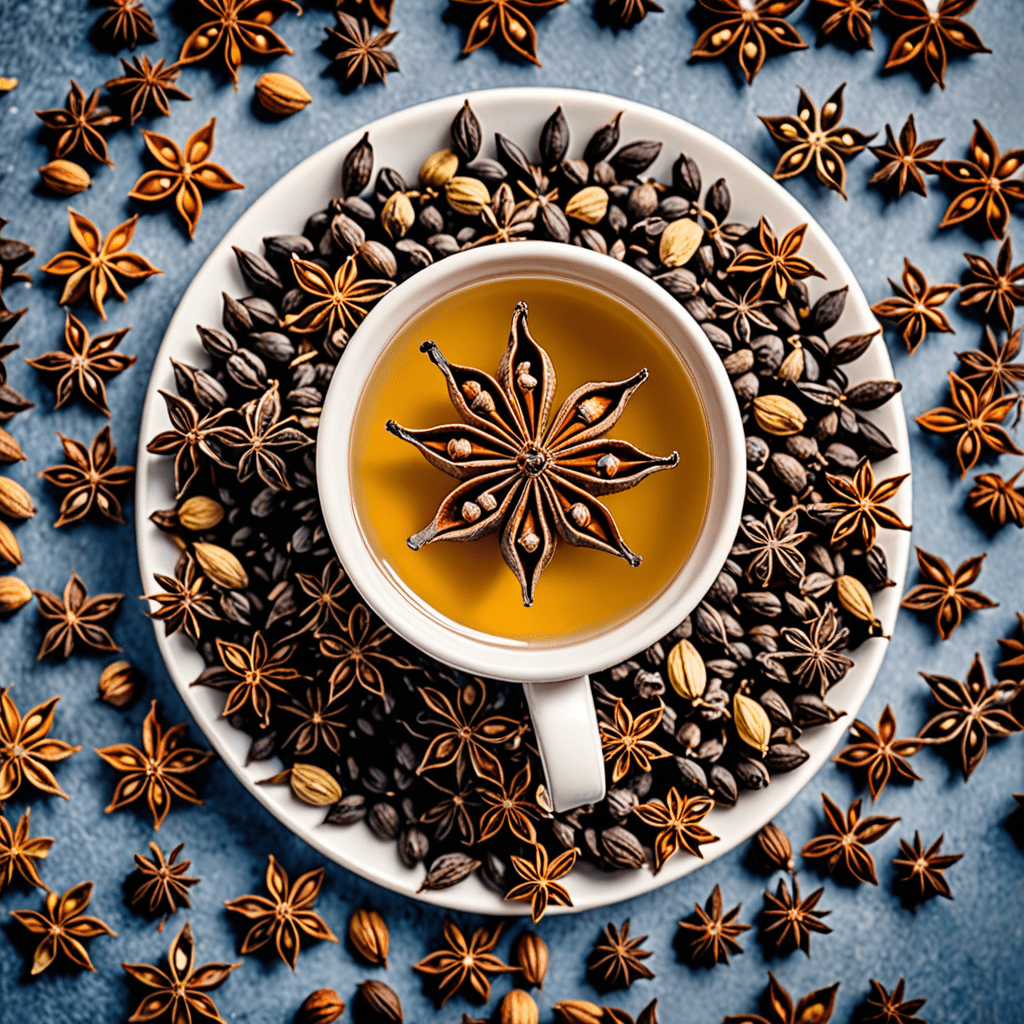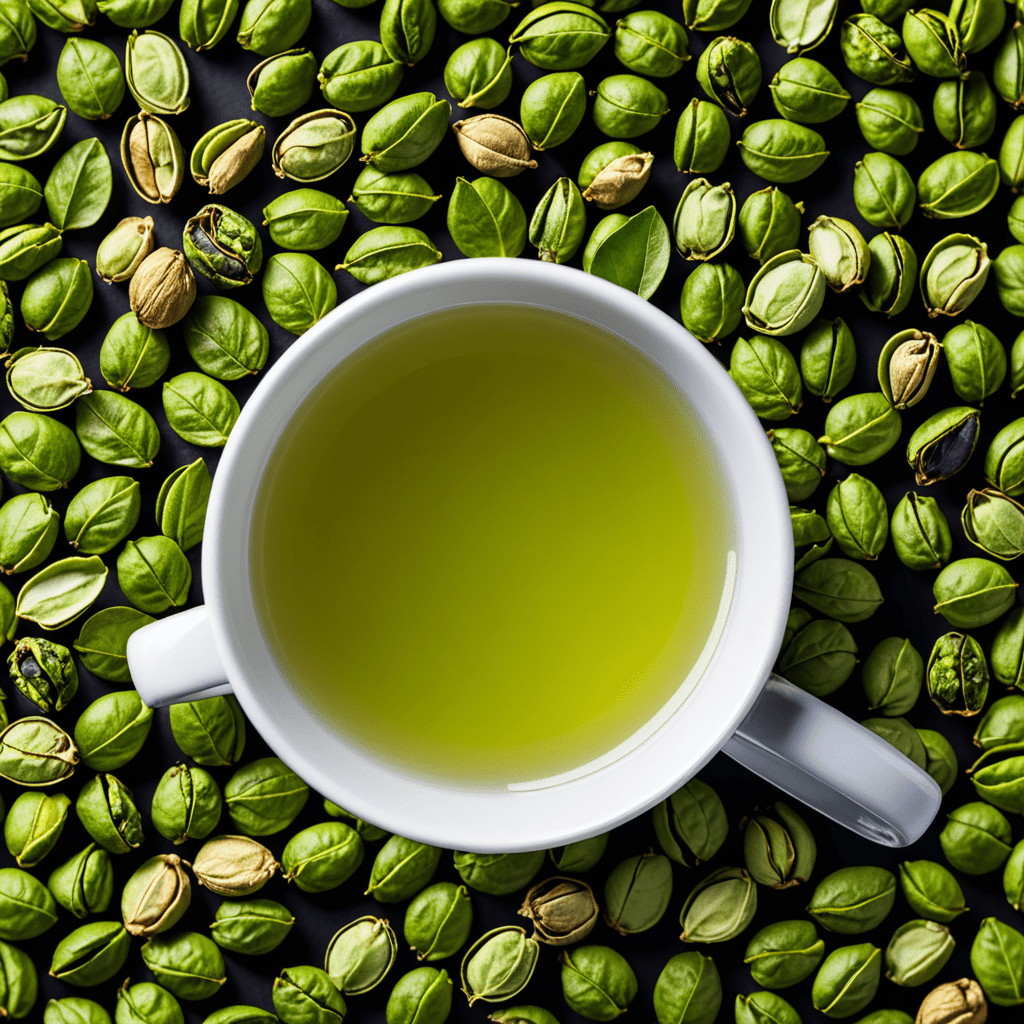
Earl Grey Tea: From Bergamot to Cup
1. Origins and History
Earl Grey tea, named after the 19th-century British Prime Minister Charles Grey, holds a captivating history. Its origins trace back to the mid-1800s when an English diplomat gifted Earl Grey with a tea infused with the aromatic oil of bergamot oranges from Calabria, Italy. Intrigued by its distinct flavor, Earl Grey became an ardent enthusiast, popularizing the tea among discerning palates.
2. The Allure of Bergamot
Bergamot, a subtropical citrus fruit native to Italy, imparts Earl Grey its characteristic citrusy and floral notes. The oil extracted from bergamot zest holds a complex aroma profile, balancing a zesty bite with a delicate sweetness and floral undertones. Adding a mere drop of bergamot oil per pound of tea leaves transforms ordinary black tea into an extraordinary blend.
3. Blending the Perfect Earl Grey
Creating an exceptional Earl Grey tea requires meticulous blending. Tea tasters carefully select and proportion black teas from various origins, such as Assam, Ceylon, and Darjeeling, to achieve a harmonious base. The addition of bergamot oil must be precisely calibrated, ensuring that its delicate flavor complements the tea's inherent character without overpowering it.
4. Harvesting and Processing the Tea
At the height of their growing season, tea leaves are meticulously hand-plucked or machine-harvested from tea bushes. After withering, the leaves undergo oxidation, a controlled fermentation process that develops their distinctive flavor and aroma. Once oxidized, the leaves are dried and sorted, ensuring only the highest-quality leaves are selected for Earl Grey blending.
5. The Journey from Plantation to Cup
From lush tea gardens to the teacups of discerning enthusiasts, Earl Grey tea embarks on a multifaceted journey. The plucked leaves are rolled, oxidized, and dried before being expertly blended with bergamot oil. The finished tea is then packaged and distributed, ensuring its freshness and aromatic essence reaches tea lovers worldwide.
6. Variations of Earl Grey
Beyond the classic Earl Grey blend, variations have emerged to cater to diverse palates. Lady Grey offers a softer, more floral experience with the addition of lavender and cornflowers. Russian Earl Grey introduces a smoky intensity, infused with the essence of lapsang souchong tea. While Parisian Earl Grey incorporates the subtle notes of rose petals, adding a delicate touch of sweetness and romance.
7. Decoding the Earthy Notes
Earl Grey's distinctive earthy undertones originate from the tea base itself. Assam, a robust black tea known for its malty flavor, often forms the foundation of the blend. Ceylon, a brighter black tea with subtle citrus notes, adds complexity and balance. Darjeeling, a highly prized tea with delicate floral undertones, contributes a touch of elegance. These nuances merge harmoniously, creating a symphony of flavors that lies at the heart of Earl Grey's earthy appeal.
8. Health Benefits and Caffeine Content
While primarily enjoyed for its aromatic allure, Earl Grey tea also offers potential health benefits. The black tea base contains antioxidants, which may protect against cell damage and inflammation. Bergamot oil has been traditionally used for its digestive and mood-boosting properties. The caffeine content in Earl Grey varies depending on the blend, but it typically ranges between 30-50 milligrams per cup, providing a gentle boost without the jitters of stronger caffeinated beverages.
9. Perfect Pairings for Earl Grey
Earl Grey's versatility extends beyond its solo act. It pairs exceptionally well with a variety of accompaniments, enhancing the tea experience. Milk or cream balances the citrusy notes and adds a touch of richness. Honey or sugar can be added to enhance the sweetness, while a slice of lemon complements the bergamot's citrusy zing. Earl Grey also shines in desserts, such as scones, cookies, and cakes, adding a fragrant and flavorful twist.
10. Brewing the Ideal Cup
To fully appreciate Earl Grey's nuances, proper brewing is paramount. Use freshly drawn, filtered water heated to 200-212°F (93-100°C). Measure out 1-2 teaspoons of loose-leaf tea or one tea bag per cup. Steep the tea for 3-5 minutes, depending on desired strength. Strain the tea into cups and savor its aromatic essence, enjoying the perfect balance of citrus, spice, and earthy notes.
Frequently Asked Questions (FAQs)
- What is the difference between Earl Grey and Lady Grey?
Earl Grey is a classic black tea blend infused with bergamot oil, while Lady Grey is a variation that includes lavender and cornflowers, offering a softer and more floral experience.
- What is the ideal steeping time for Earl Grey tea?
For optimal flavor, steep Earl Grey tea for 3-5 minutes. Steeping for longer may result in a bitter taste.
- How much caffeine is in Earl Grey tea?
The caffeine content in Earl Grey varies depending on the blend, typically ranging between 30-50 milligrams per cup.
- What foods pair well with Earl Grey tea?
Earl Grey tea pairs exceptionally well with milk, cream, honey, sugar, and desserts such as scones, cookies, and cakes.


